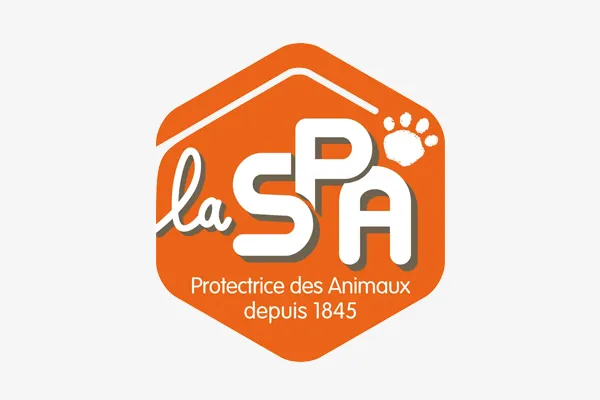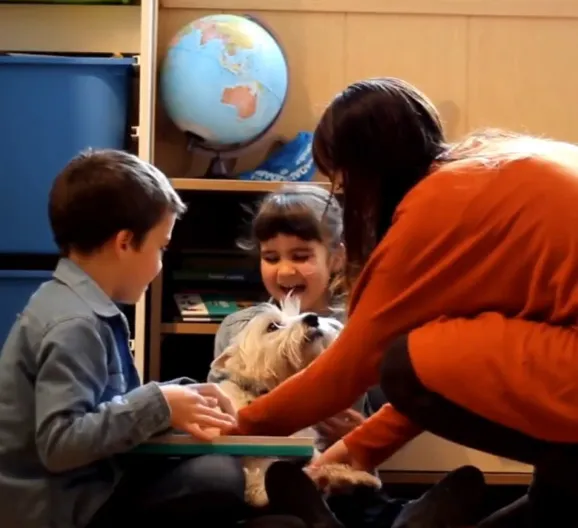Abandonment and adoption
Abandonment is an unresolved issue
Animal abandonment is a serious problem in Spain and throughout the world. Thousands of dogs and cats are abandoned every year, animals who lose their families and encounter hunger, illness and danger. In addition to the animals’ suffering, the consequences are felt throughout the social system, with overload on shelters and municipal services.
The issue has to be fully understood if it is to be tackled. That’s why, since 1995, we have been publishing the only nationwide study on the abandonment, loss and adoption of animals: to identify its causes, understand the problem and propose solutions.
Together, we can change this reality. Will you give us a hand?

+286.000
dogs and cats rescued by shelters in Spain during 2023

33
Dogs and cats rescued every hour

785
dogs and cats rescued every day

23.890
Dogs and cats rescued every month
We have been fighting animal abandonment for years. Want to find out how we do it?
Researching
Without research there is no progress. We are so sure of this that we founded the UAB Affinity Foundation Research Group to investigate the benefits of the human-animal bond and the consequences of its failure.
Working with partners
We are collaborating with Miwuki to help everyone find their perfect animal. Because through adoption, action speaks louder than words.
Raising awareness
We want the whole of society to join our fight against abandonment. Our campaigns are focused on informing, raising awareness and developing solutions to a problem that affects us all.

Anti-abandonment strategies
Reproduction control
Unwanted litters are one of the main causes of abandonment.
Preventing them is one of our responsibilities if we are caring for a dog or cat.
Identification
Chipping an animal in our care is not only an obligation, but our most important one: it makes it much easier to return a lost pet home.
Training
Knowing and training our pet is an important way to forge healthy bonds.
Training can prevent and help manage potential behavioural and relationship problems.
A good relationship reduces the risk of abandonment.
Adoption
When you adopt, you are changing a dog’s or cat’s life for ever.
You’ll receive advice from the shelter and you will be helping to solve a problem that affects us all.
The benefits of adopting


Adopting is one of the most generous, altruistic acts possible. When you adopt, you are giving an animal a second opportunity, changing its life by providing a life of mutual company, care and affection.
Adopting is a small act with huge implications. Each adoption contributes to the formation of a society that is more respectful, empathetic and responsible towards animals.
And the unique bond that is formed doesn’t just transform their world. It changes yours too.
Welcome to one of the happiest moments of your life.
The benefits of adopting
- You are offering a home, family and affection
- You are promoting social responsibility
- You are helping shelters, charities and NGOs
- You are giving a second chance to the animals who need it most, whatever their breed, age or condition

Projects

SPA
We are collaborating with the Spanish Animal Protection Society (SPA), the leading animal protection organisation, to provide statistics and bring solutions to the problem of abandonment in France.

Ultima
We are working with Ultima to promote adoption and raise awareness about the benefits of our bond with dogs and cats.

Miwuki
We are collaborating with Miwuki Pet Shelter, a website that advertises thousands of animals for adoption and facilitates connections between shelters and potential adopters.

I want to adopt
Are you considering adopting a dog or a cat?
If you have a shelter you trust, congratulations, they will guide you through the processes. If not, you can go to the Miwuki website, where you will find shelters near you and thousands of animals waiting for a home.